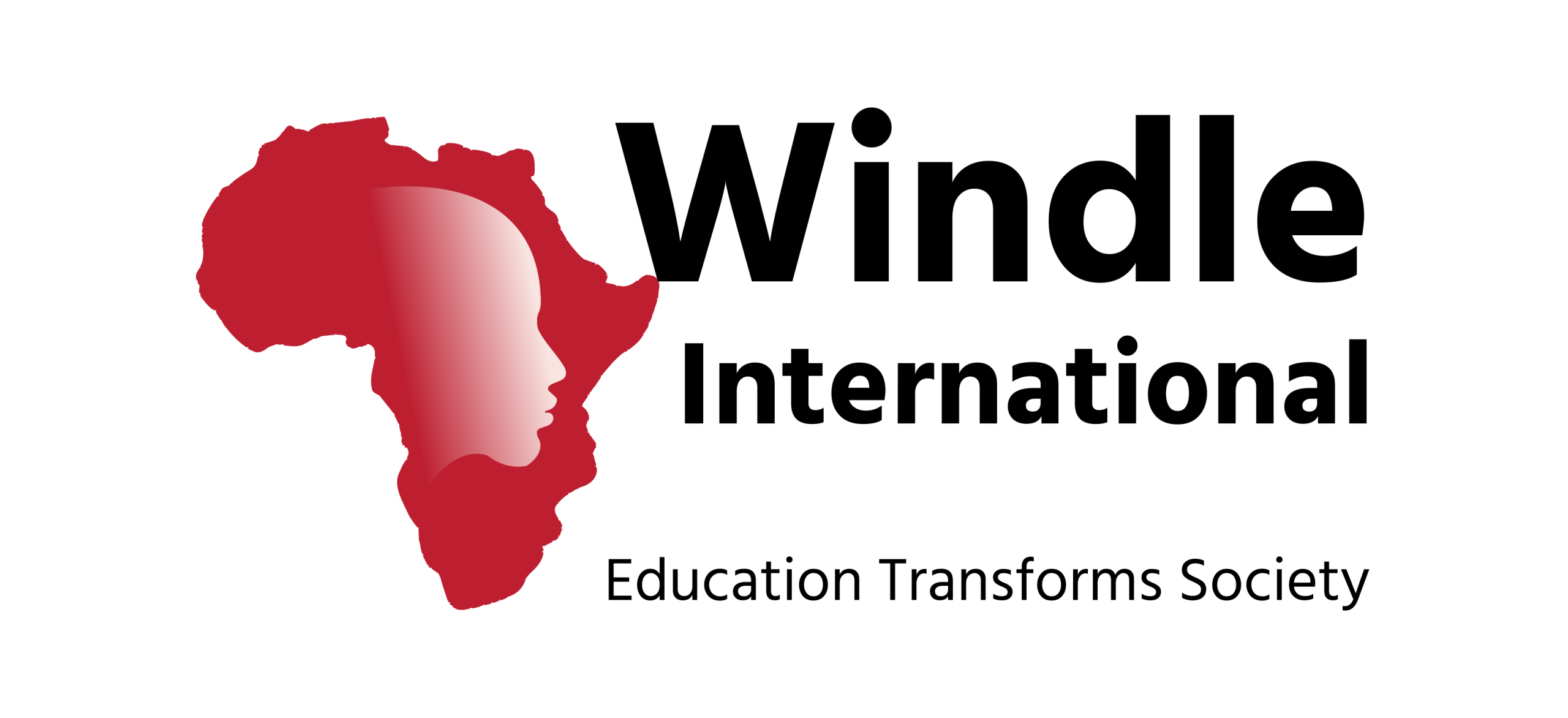Borderless Higher Education for Refugees
Making educational programmes available where refugees need them
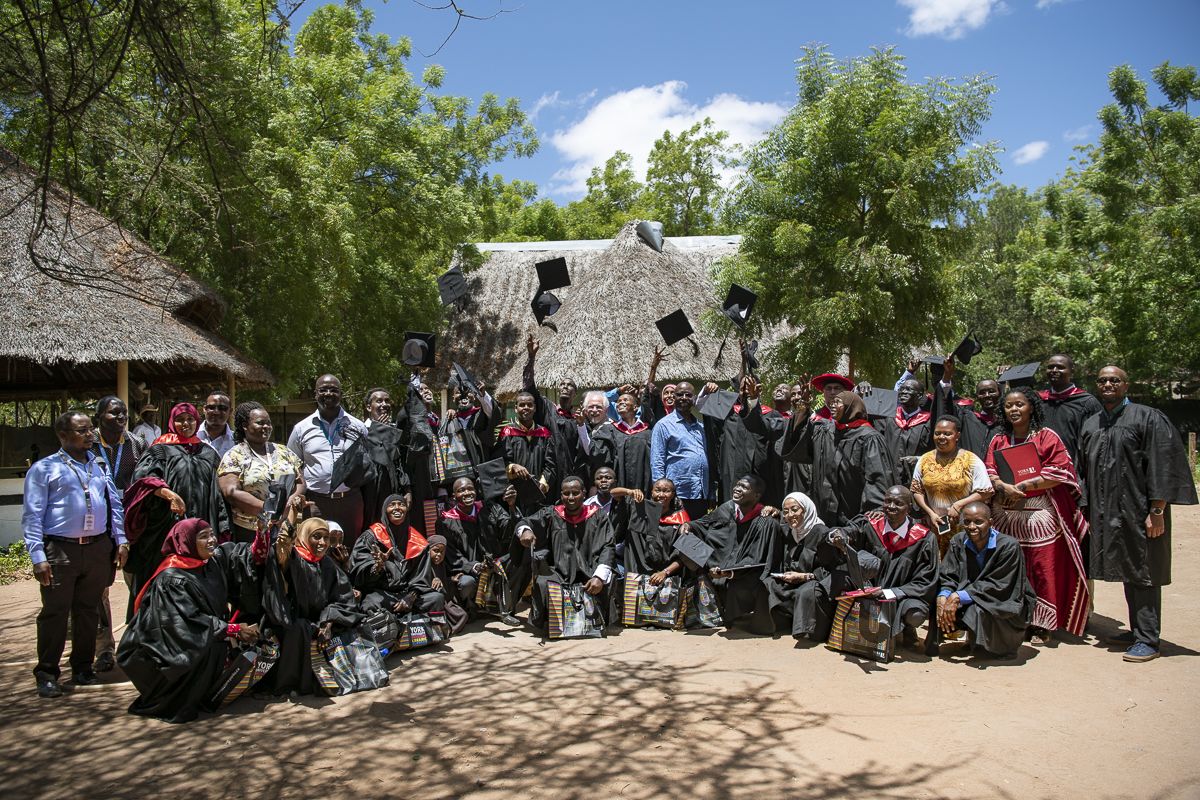
The brainchild of Windle International CEO Dr Marangu Njogu, Borderless Higher Education for Refugees (BHER) is a blended learning, online and onsite educational delivery project in Kenya. We have been pioneering this approach alongside national and international university partners since 2013, enabling learners to undertake university degrees from Dadaab refugee complex.
The aim of BHER is to improve the quality of primary and secondary education in refugee camps and host communities in Dadaab, Kenya, by increasing access to higher education.
Why Dadaab?
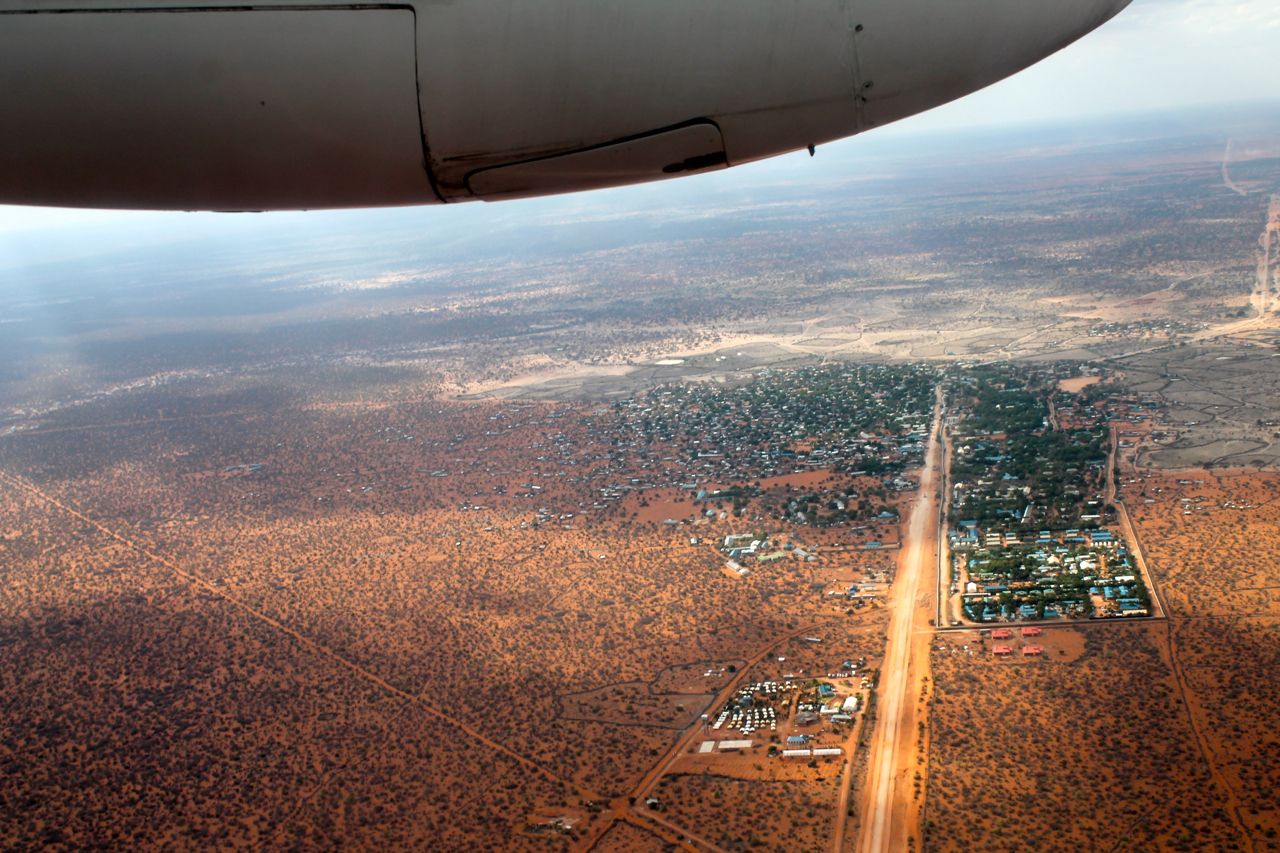
Dadaab Refugee Complex in Kenya is one of the largest refugee camps of extended asylum in the world. It was established by the United Nations High Commissioner for Refugees (UNHCR) in 1991, when refugees fleeing the civil war in Somalia started to cross the border into Kenya. A second large influx occurred in 2011, when some 130,000 refugees arrived, fleeing drought and famine in southern Somalia.
Dadaab has three main camps: Hagadera, Ifo, and Dagahaley. As of 31 May 2021, the total refugee population in the camp stood at 226,624.
Dadaab operations has 22 partners who offer different services to refugees and host communities. Windle International Kenya is one of the key implementing partners for UNHCR, managing secondary and tertiary education in the camps. WIK delivers a total of six interventions in Dadaab, including the Secondary Education programme, Girl Child Education Programme, and English Language Programme.
“Education is very critical as it gives knowledge and skills to live productive, fulfilling and independent lives.”
Children and young people living in Dadaab suffer from overcrowded living conditions, few economic opportunities and poor infrastructure. They have minimal access to basic social services and unhygienic living areas. Transition to secondary school is limited, with high dropout rates.
But by addressing the chronic lack of access to quality education for refugees, refugee-hosting communities, and internally-displaced people (IDPs), we can work towards overcoming many of the causes and issues that lead to conflict.
A pioneering partnership
A consortium of national and international universities and NGO
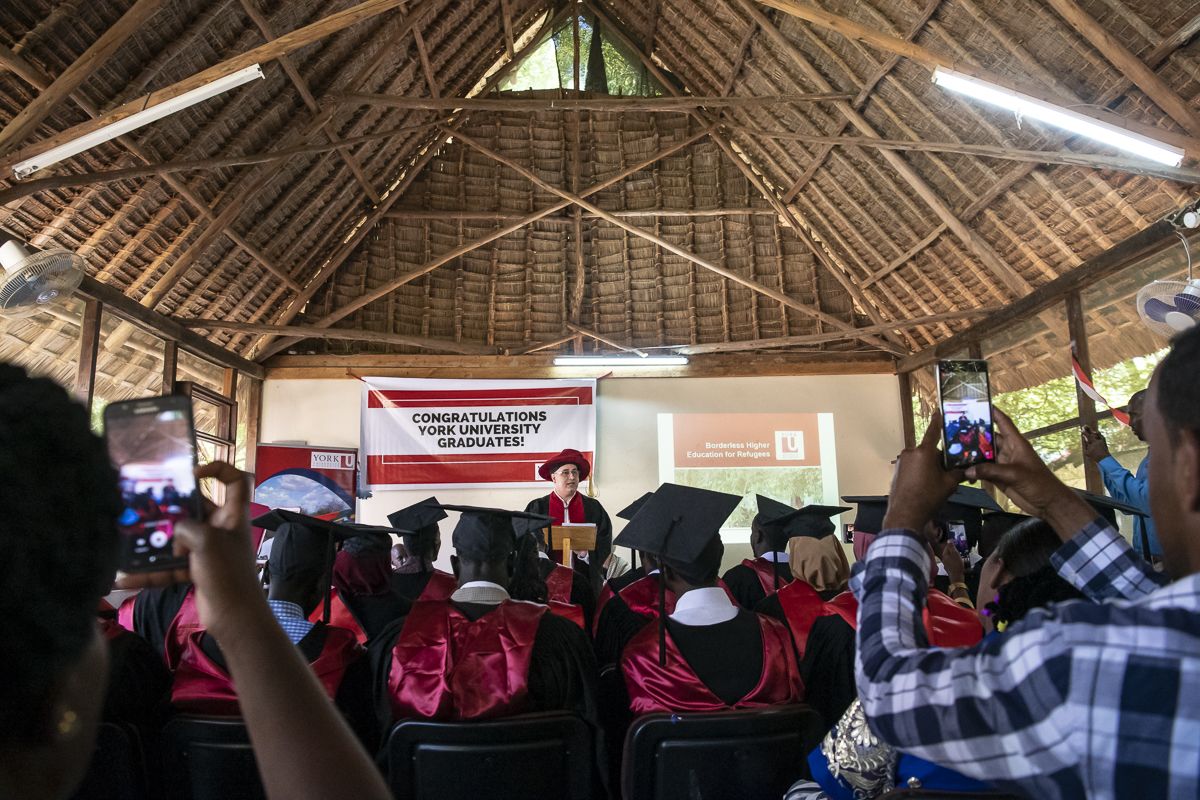
BHER is a development project which is housed in the Faculty of Education at York University in Toronto, Canada. While the project is housed at York, it's a consortium of universities and NGO working together to bring university education to refugees and displaced and war-affected local populations in Dadaab, Kenya.
The partnership consists of:
- York University
- University of British Colombia
- Kenyatta University
- Moi University
- Windle International Kenya
Additional partners include UNHCR and the Ministry of Education, Kenya.
The project has received generous support from:
- Social Sciences and Humanities Research Council (SSHRC)
- MasterCard Foundation
- Global Affairs Canada
- Open Society Foundations
What we do
We provide equitable, inclusive, gender sensitive and culturally responsive university programs in situ to refugees and locals in Dadaab. Drawing on the expertise of Windle International Kenya, Canadian and Kenyan universities, BHER specifically responds to the urgent need for trained teachers and community educators in Dadaab.
The partnership undertakes the challenge of helping refugee and local teachers, as well as those interested in community education, to earn internationally recognized credentials that will allow them to put into practice their earned knowledge and skills in Dadaab, in Somalia, or any other country they relocate.
The partnership believes that the provision of quality education will contribute to the conditions for justice, sustainability, and peace in Kenya, Somalia, and the surrounding Eastern and Central African region.
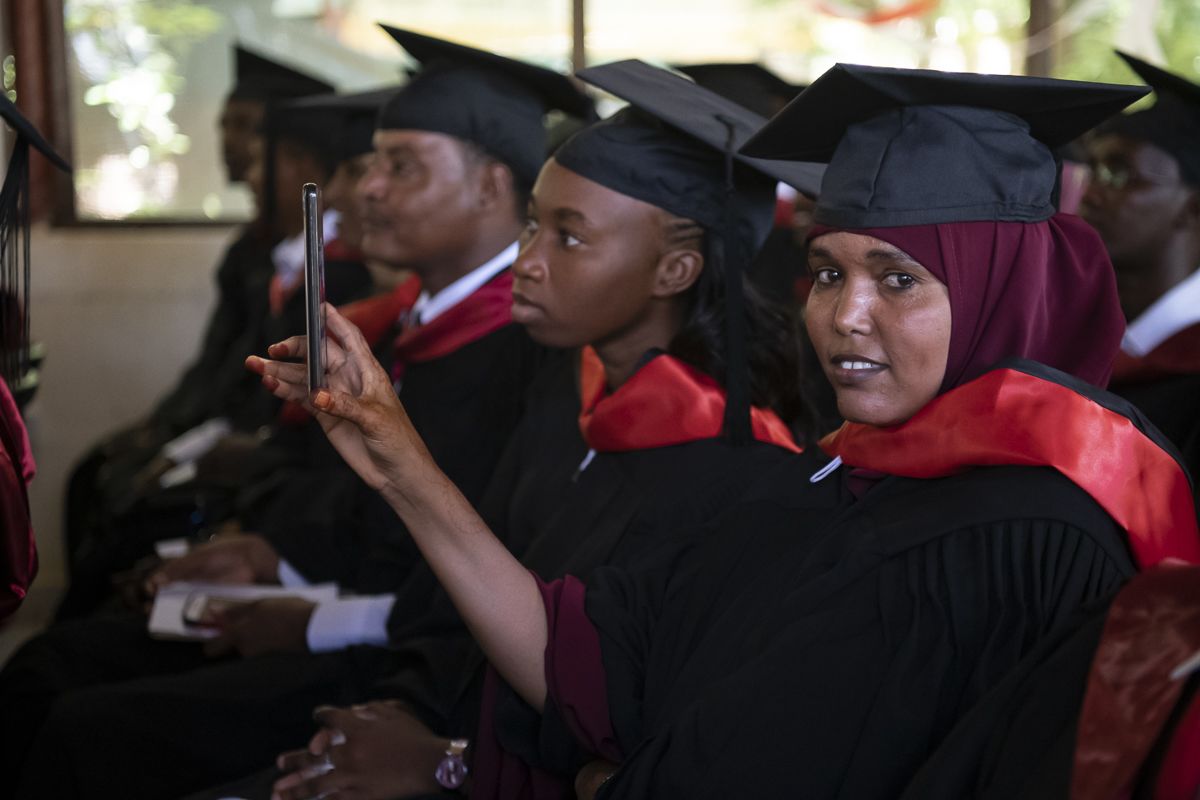
The BHER project combines the expertise of its partners, which in the course of 10 years have amassed unique knowledge and experience in delivering university education onsite and online in the context of insecurity and marginalization.
Working with and beyond individual institutional practices, the project has modelled programming on the specific needs of refugee populations; used various pedagogical tools and training, as well as modes of content delivery, including the creation of opportunities for BHER students for intercultural learning with their Canadian peers through blended course delivery; adapted course content to the local context; and responded proactively to changes in Kenyan legislation regarding teacher education.
The cornerstone of BHER programming is:
Stackability (allowing students to stop at any one level of programming)
Portability (enabling students to continue studies wherever they go)
Gender equity and inclusivity (taking all necessary measures to ensure participation of women, ethnic, religious, and linguistic minorities, as well as students with disabilities in all academic programs)
Peaceful co-existence with the host community (at least 25% of BHER student body is from local sites).
All academic programs are offered free to the refugee and local students serviced by BHER.
Today, BHER supports 92 students.
Between 2013 and 2019, the project trained a total of 590 men and women.
And it's estimated that student-teachers contribute to increasing and improving the delivery of education for 18,000 children and youth in the refugee camps and locally.
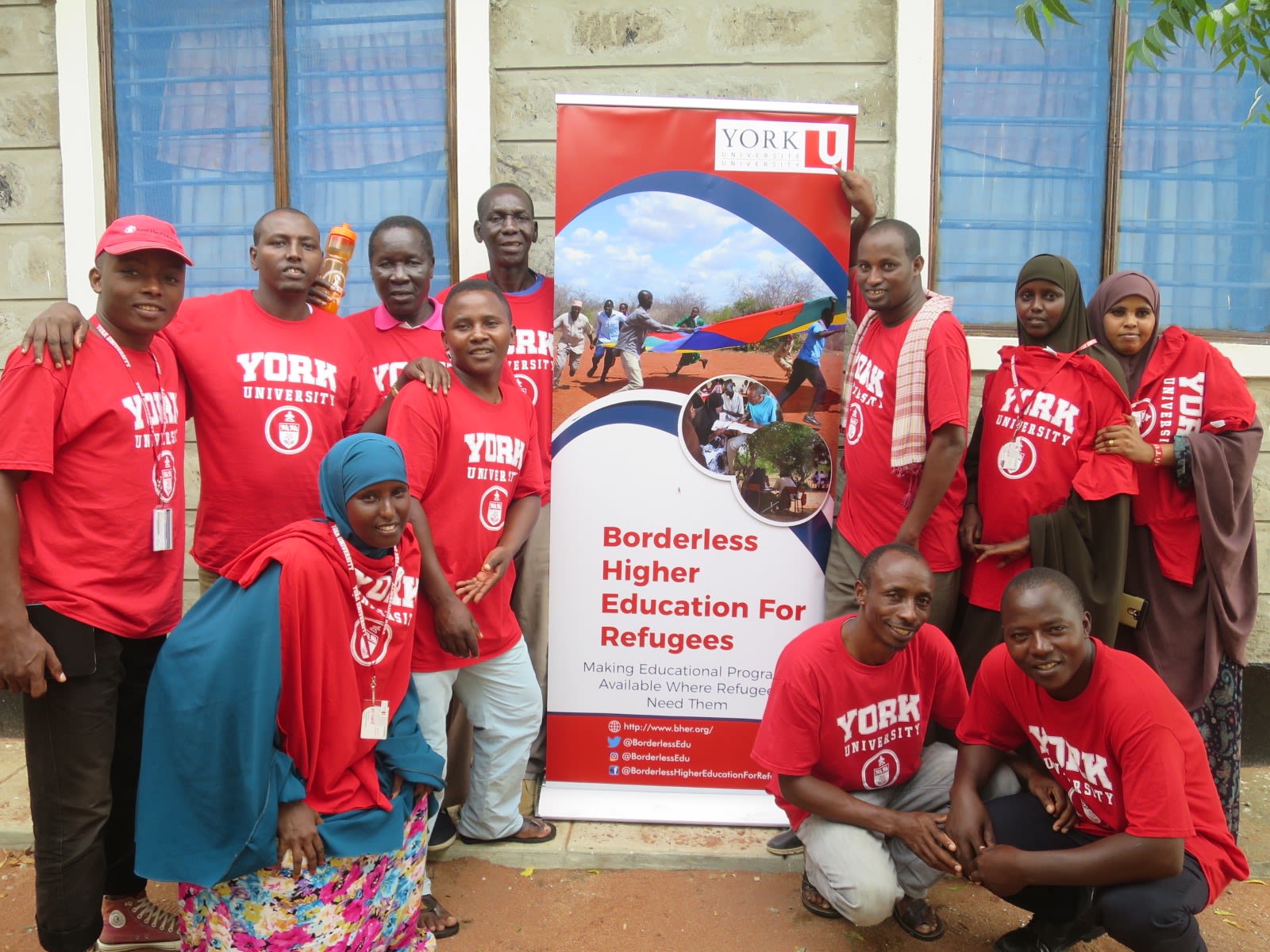
68% of teachers trained in BHER programs continue to practice teaching in the schools in the camps and locally. The remaining 32% are contributing to education and community development as laboratory assistants, peer educators or hygiene monitors in the camps.
86% of students surveyed in degree programs in September 2018 reported improved gender-sensitivity in their instruction. 54% reported taking measures to do so concretely.
90% of students affirmed that programs had improved their pedagogy and their grasp of their teaching subjects. 74% of students across all programs offered through the BHER programme have completed/were on track to complete the programs in which they were enrolled.
Recommendations for the future
Universities can work in humanitarian settings: the experience of the BHER project shows that universities can work in humanitarian settings themselves and provide services for marginalized populations. The experience has shown that universities can develop a high tolerance for working amidst insecurity and unpredictability.
Blended Program Delivery: the project shows that a combination of online and face-to-face instruction is crucial for learning. The need for alternative forms of online course delivery became more pressing as the security situation in Dadaab changed. At the same time, students need considerable support and guidance in order to become successful online learners, making face-to-face contact with instructors crucial to succeed in online courses. Online training is useful in emergency settings, but not by itself sufficient for providing the types of robust education needed in these regions. We would strongly encourage any university or educational institution considering working in such areas to plan for and develop various blended forms of instruction and the physical infrastructure necessary for their delivery.
Women’s Participation in Higher Education: One of the most important lessons learned by the BHER project is that barriers to women’s participation in higher education in crisis situations are surmountable if recruitment strategies are vigorously pursued and if effective accommodations are employed early in programs to allow women the necessary time and supports to adjust to their new educational environment and demands, e.g. providing adequate sanitary facilities and nursing accommodations for mothers. It is necessary to extensively research the practices that limit women’s participation in certain areas of society, including education, with sensitivity to local populations.
Advanced Policy Discussions with Partner Institutions: Deep institutional agreement and consistent educational policy application are essential to the success of cross-institutional education programs such as those offered by the BHER Consortium. We would strongly recommend that serious, protracted, and focused institutional discussions occur between partner institutions at the highest levels to ensure this agreement and consistency.

